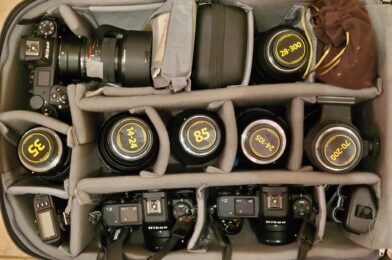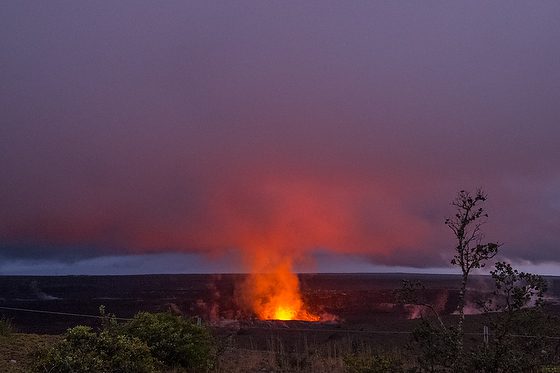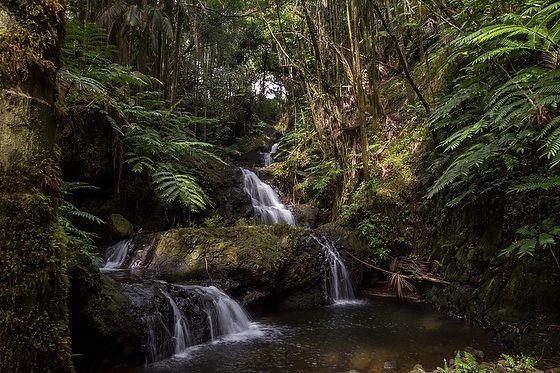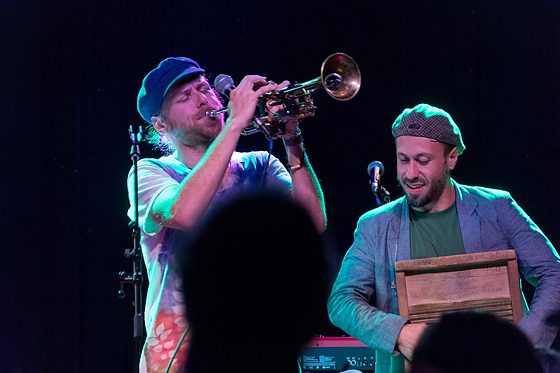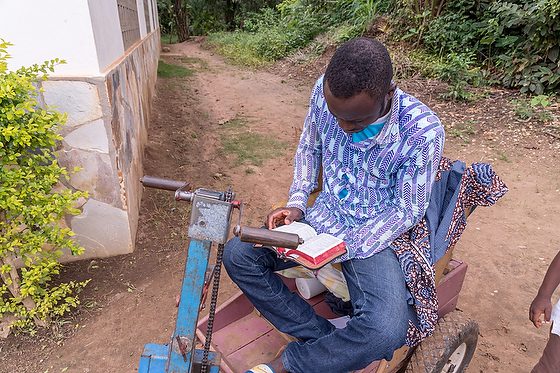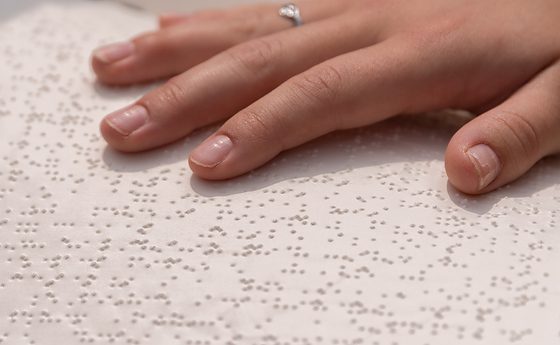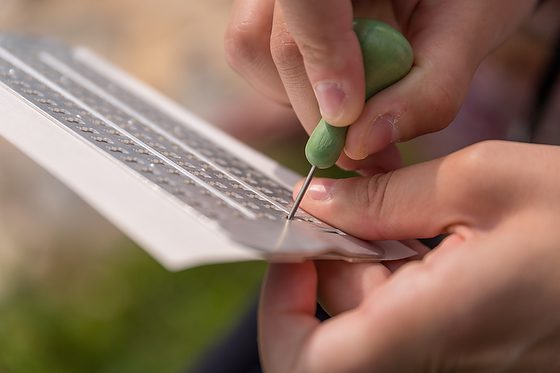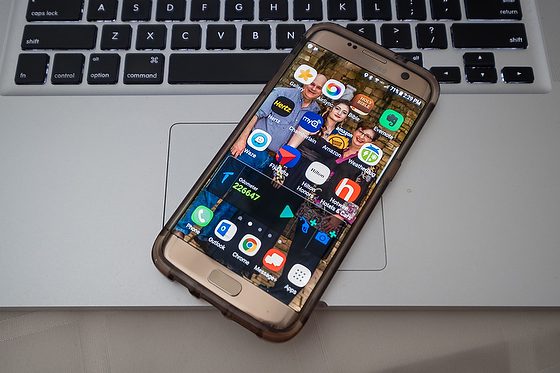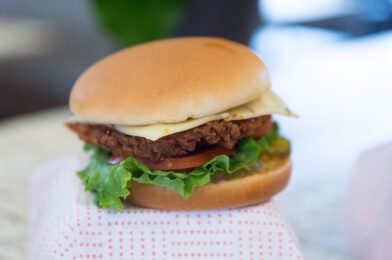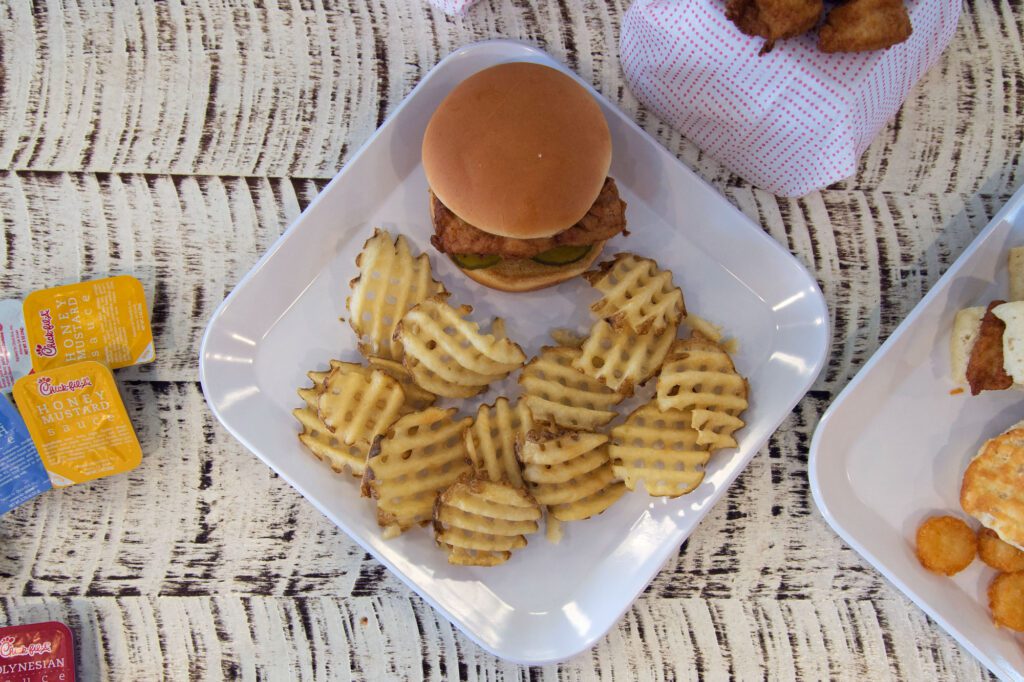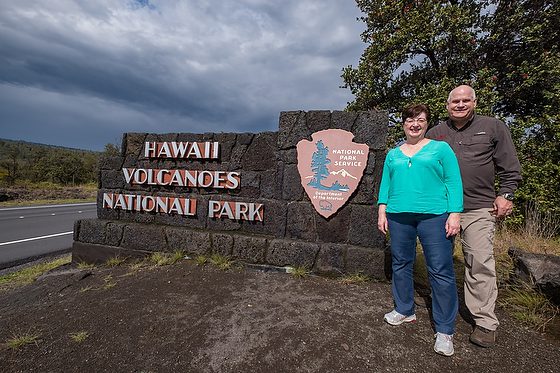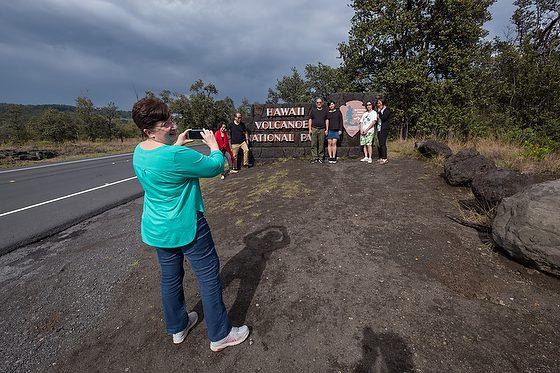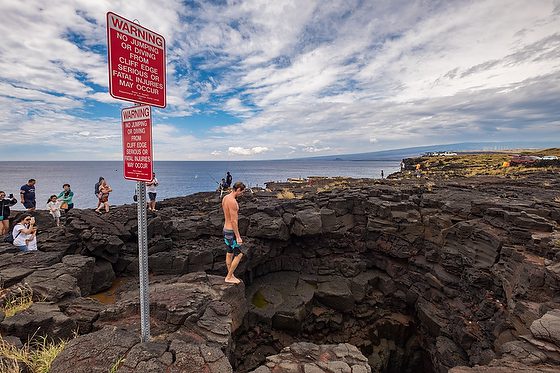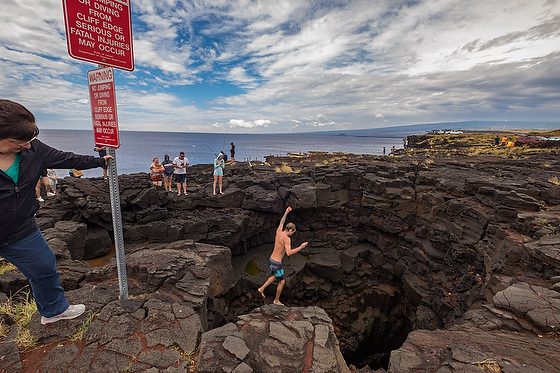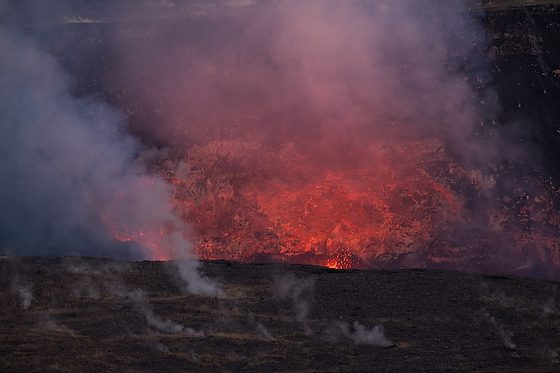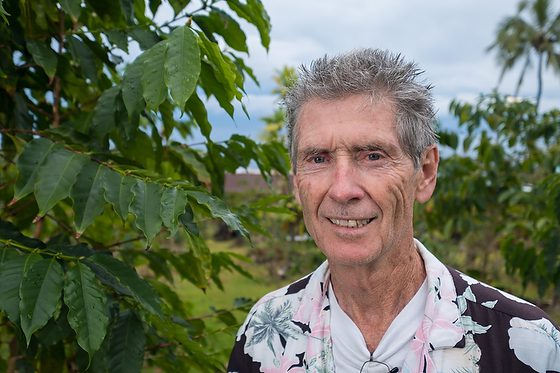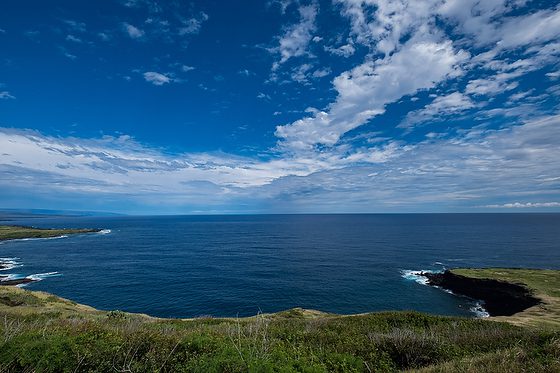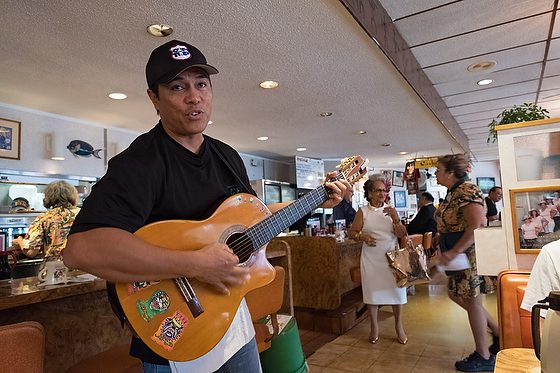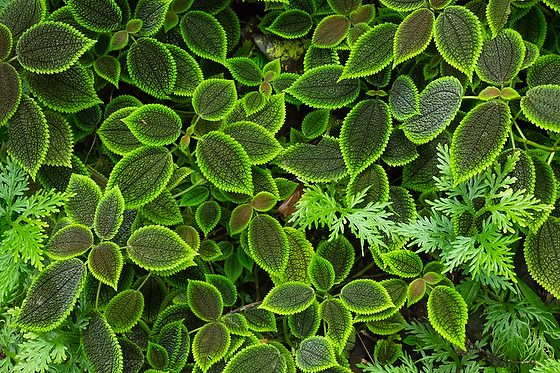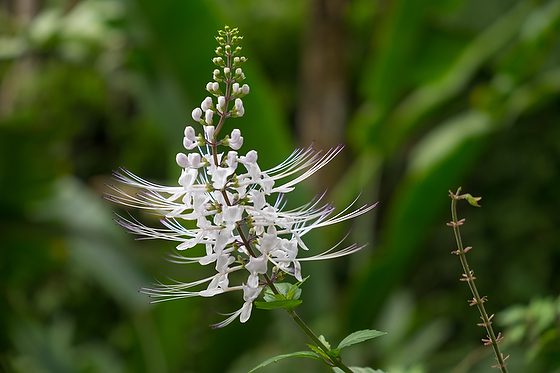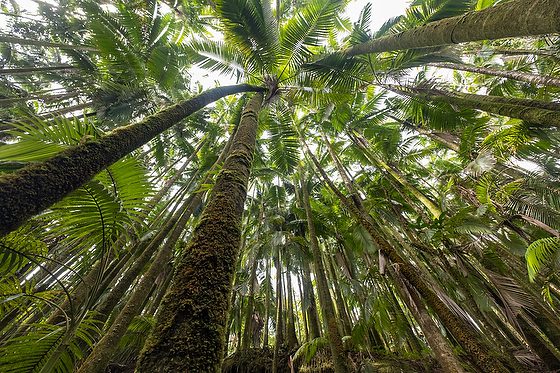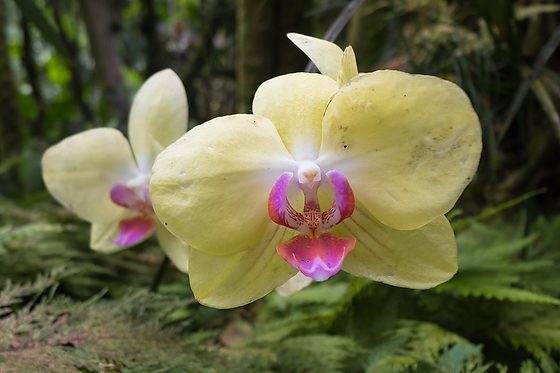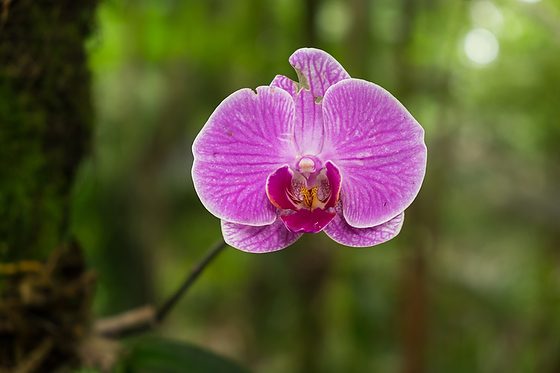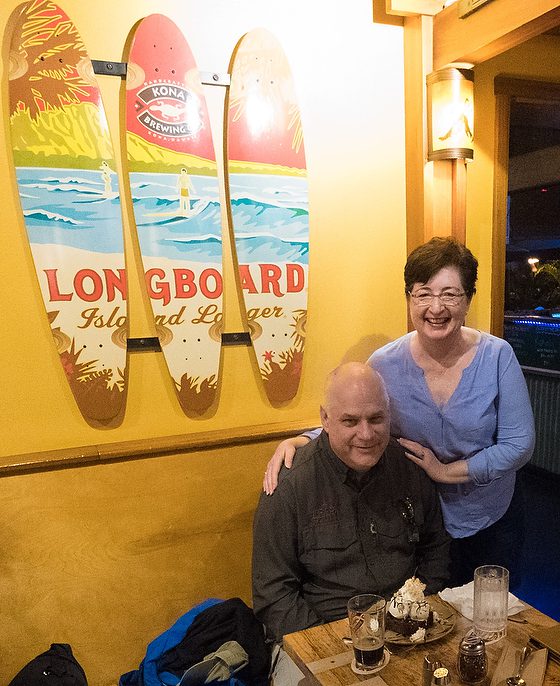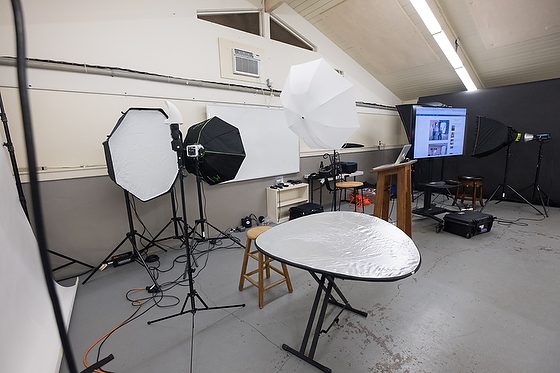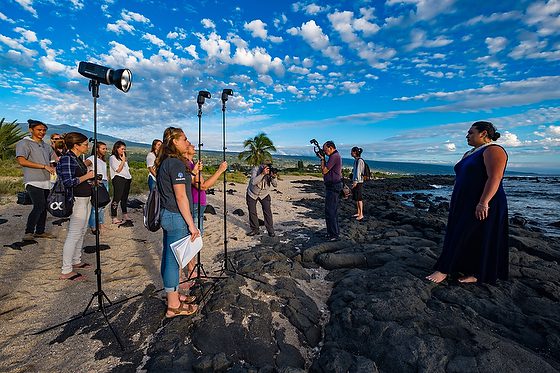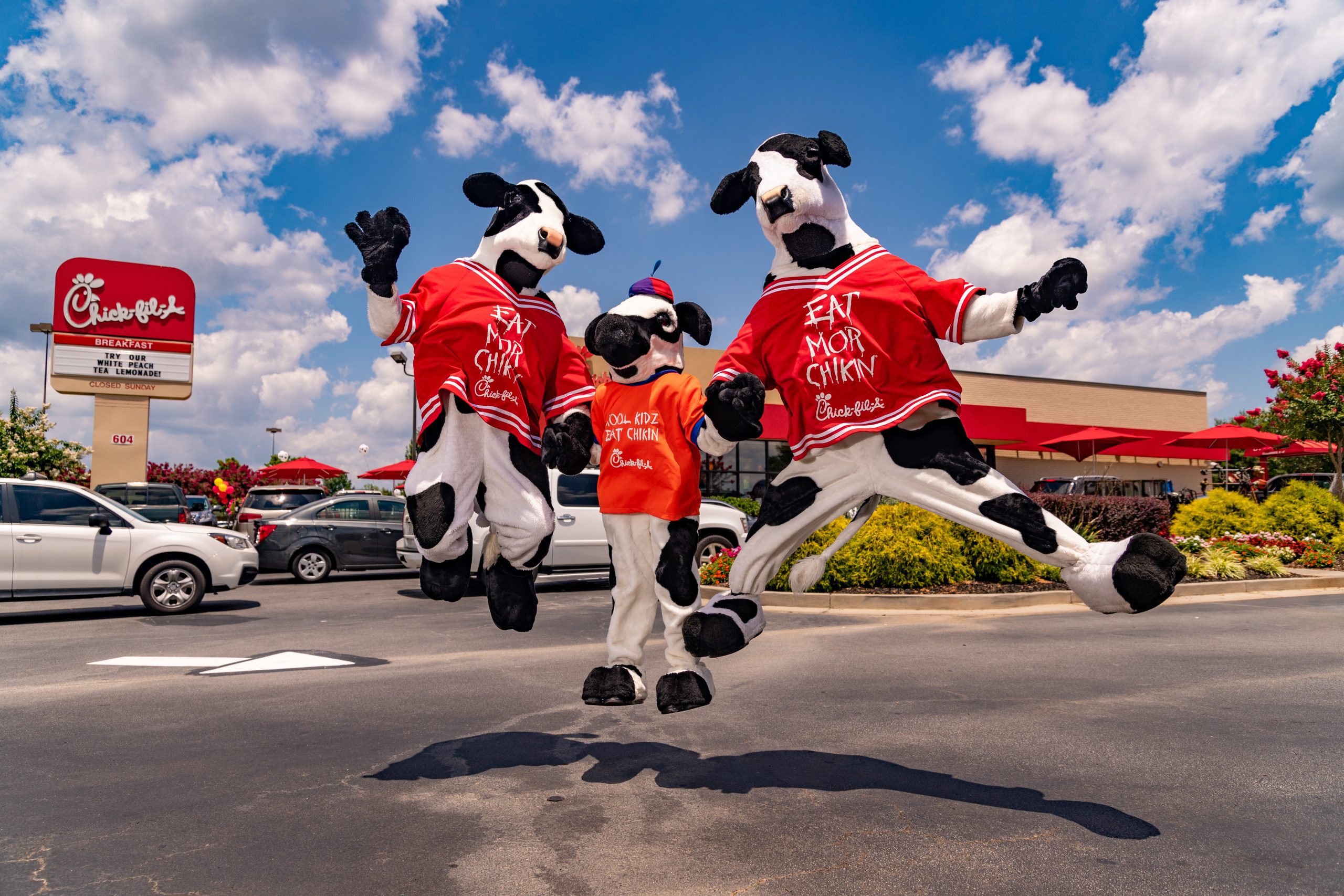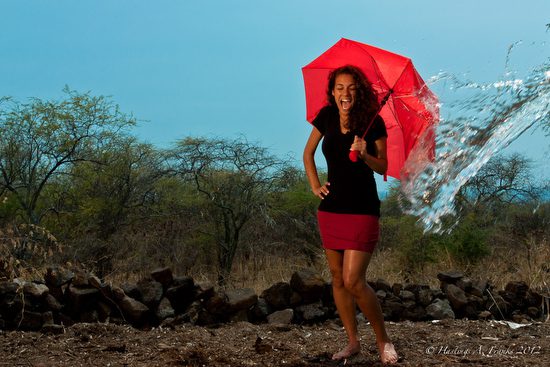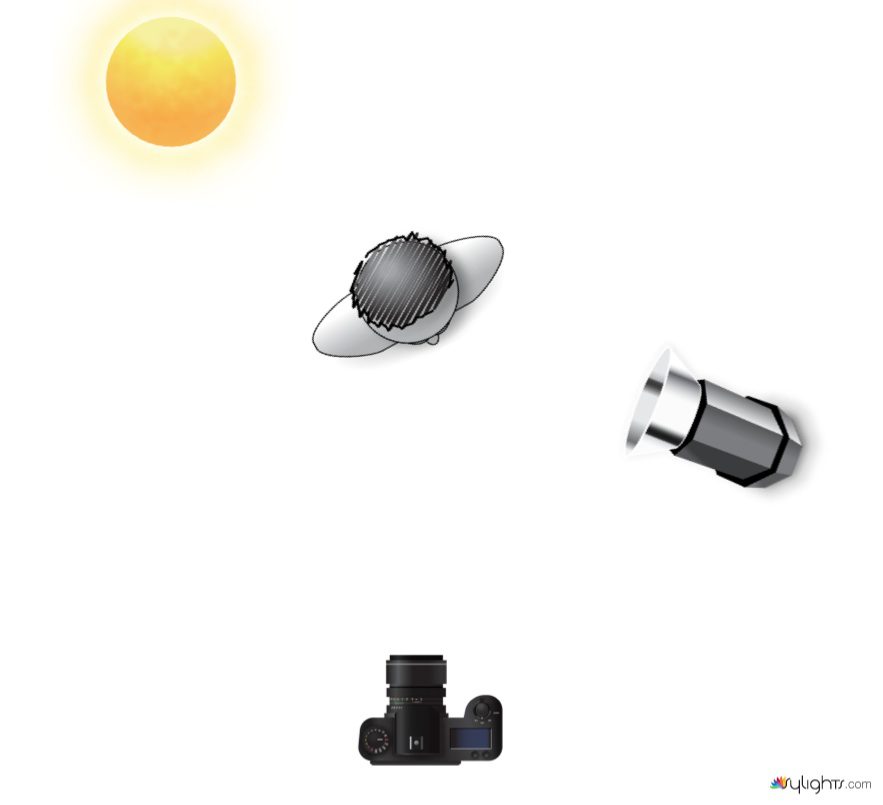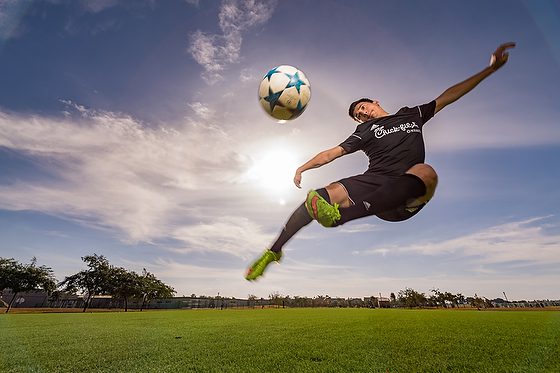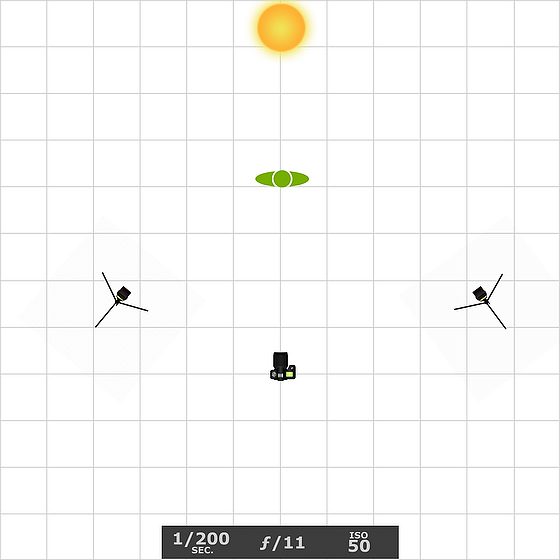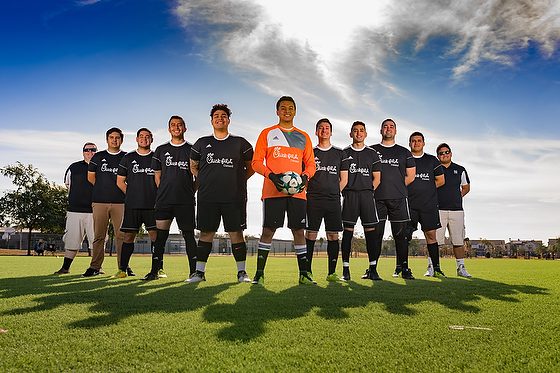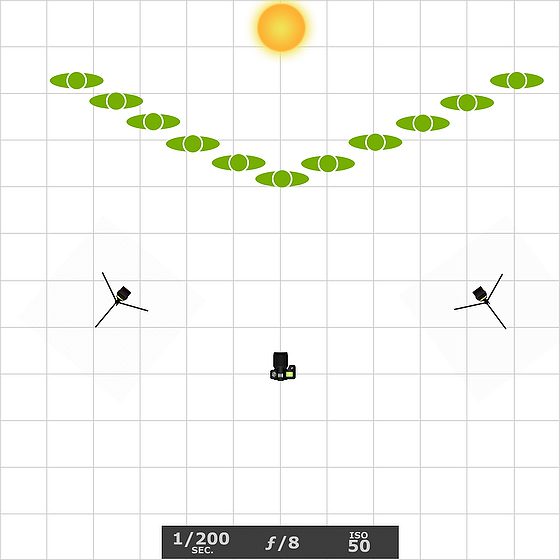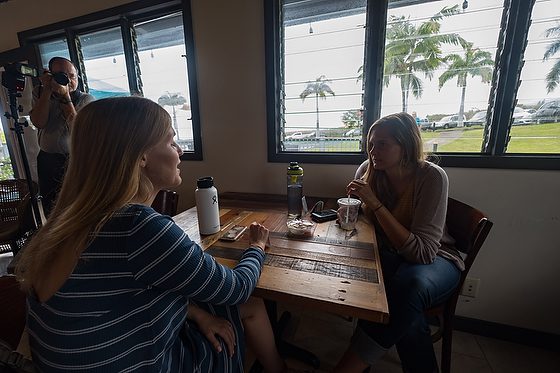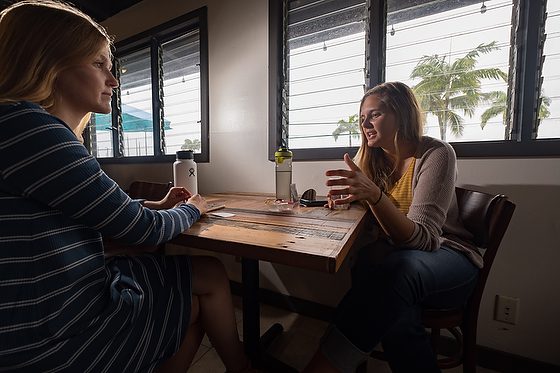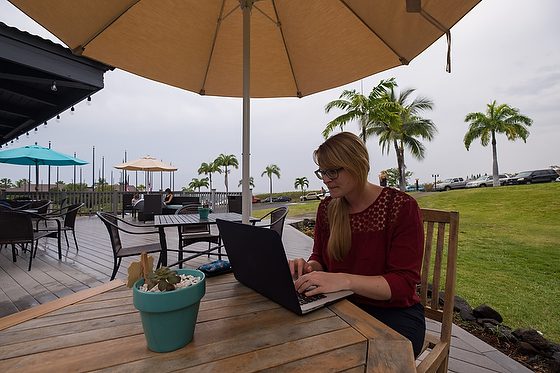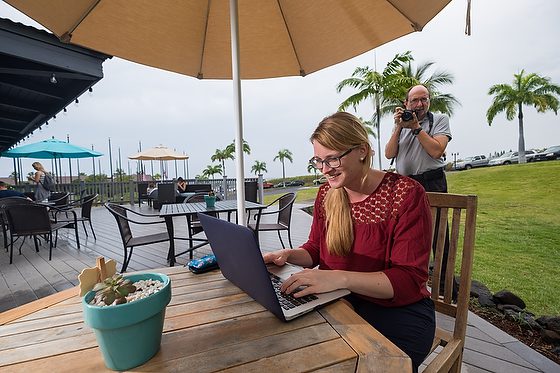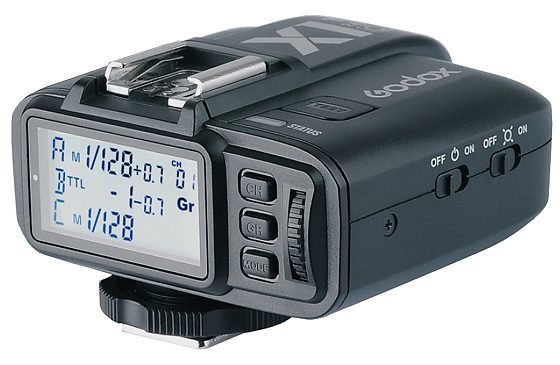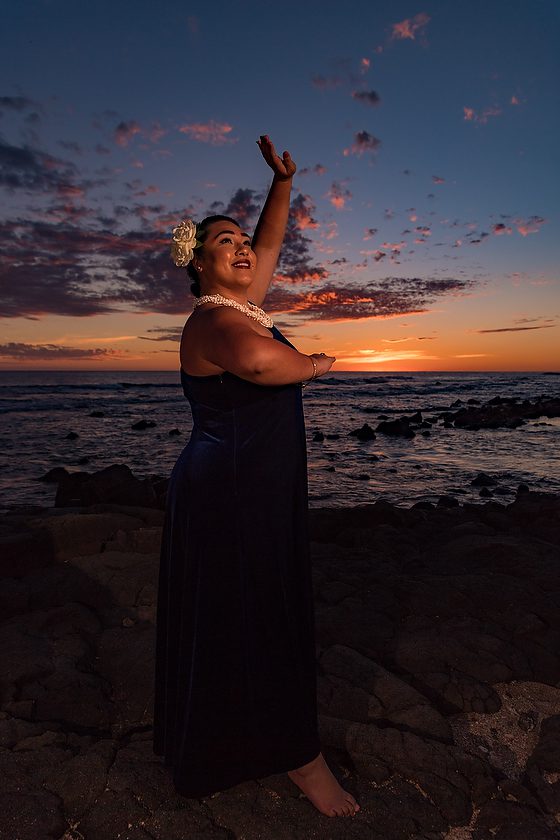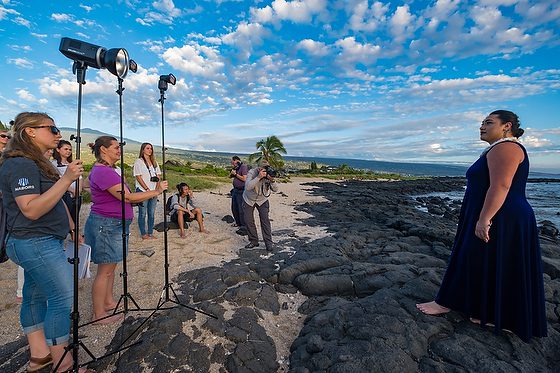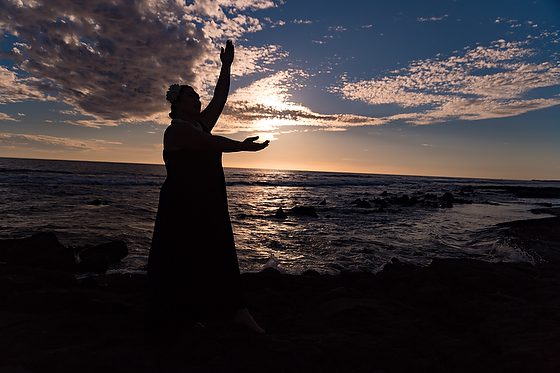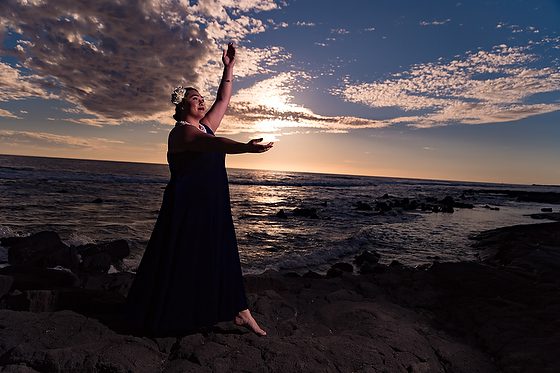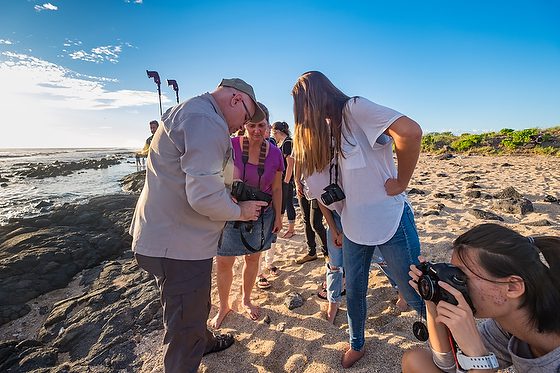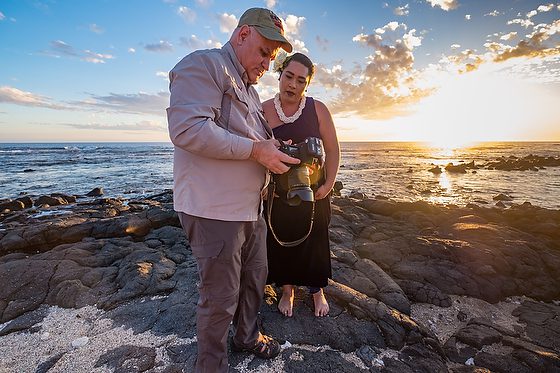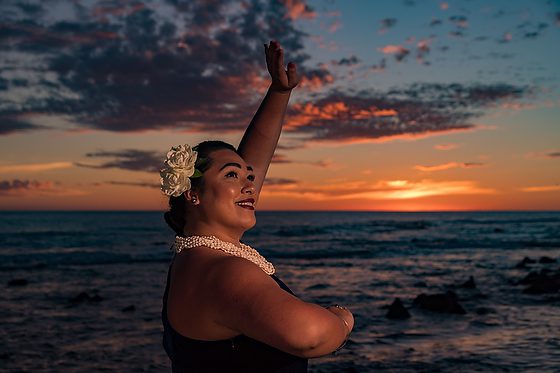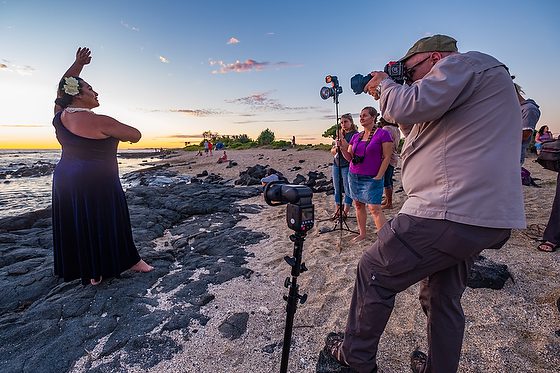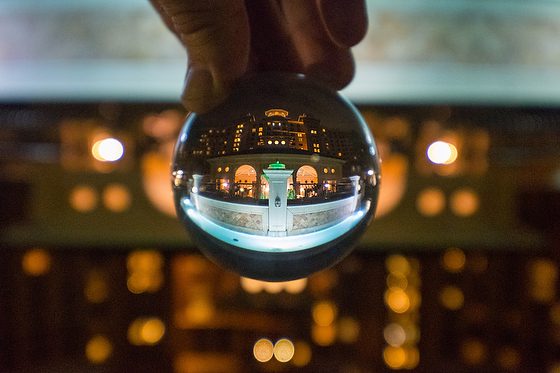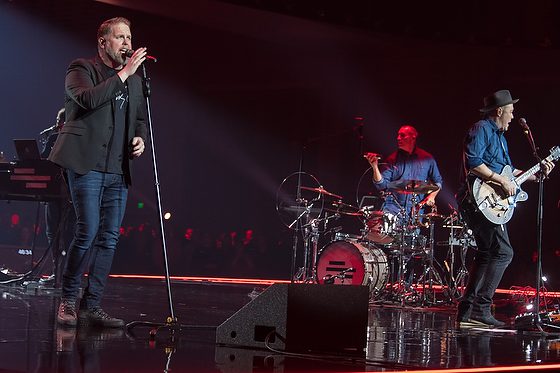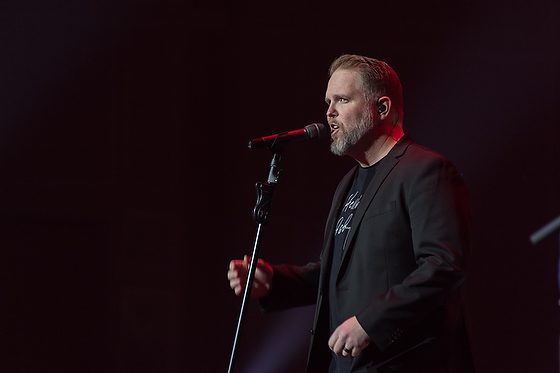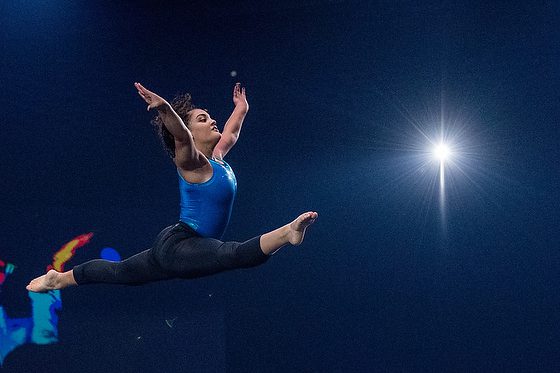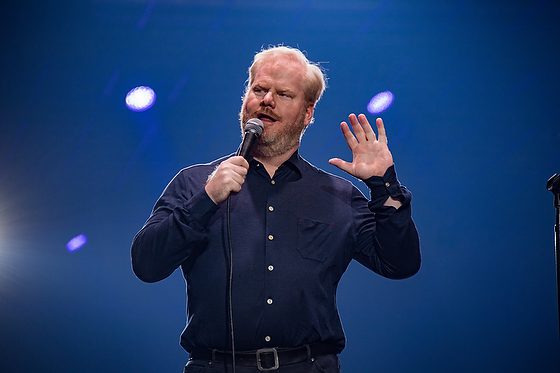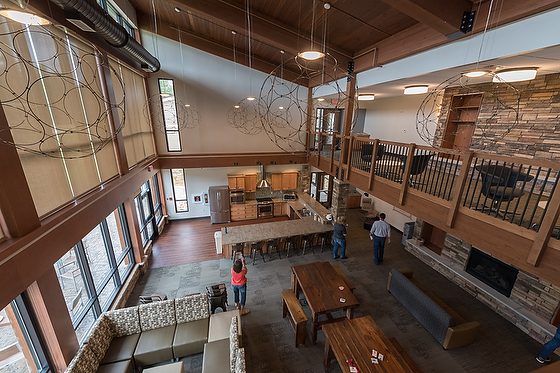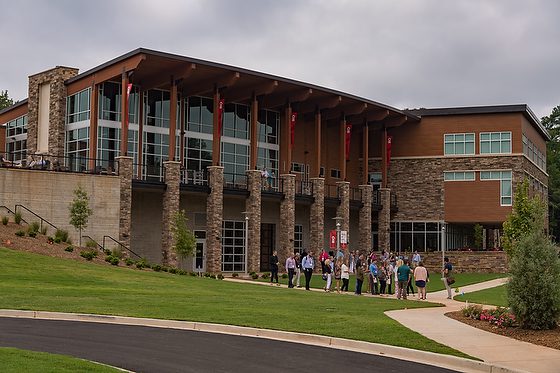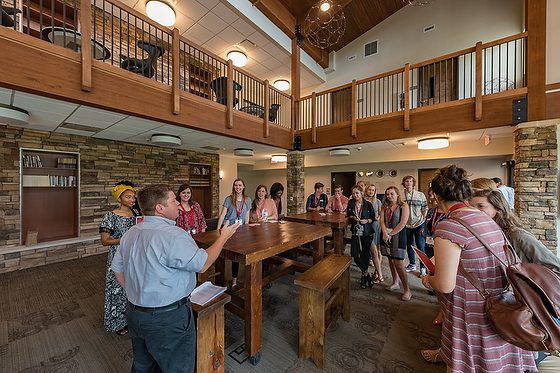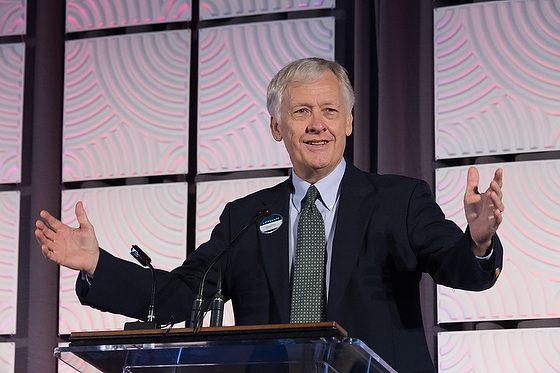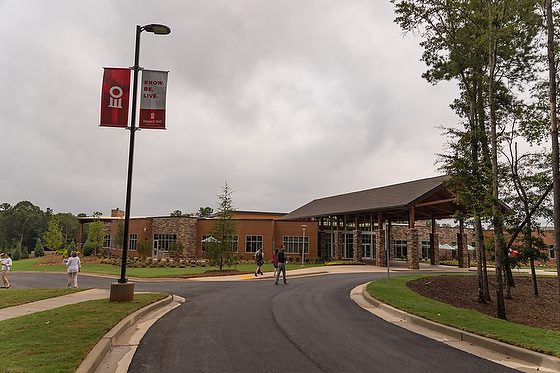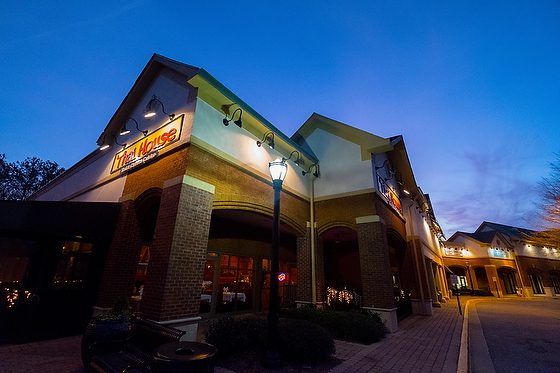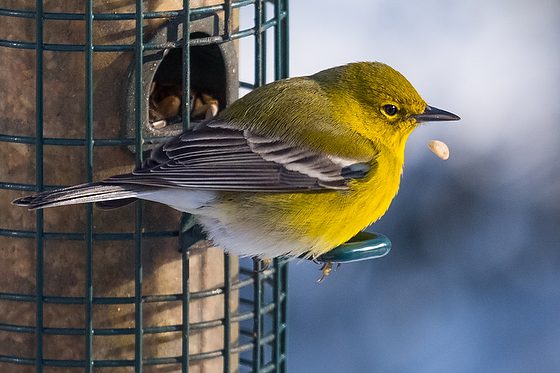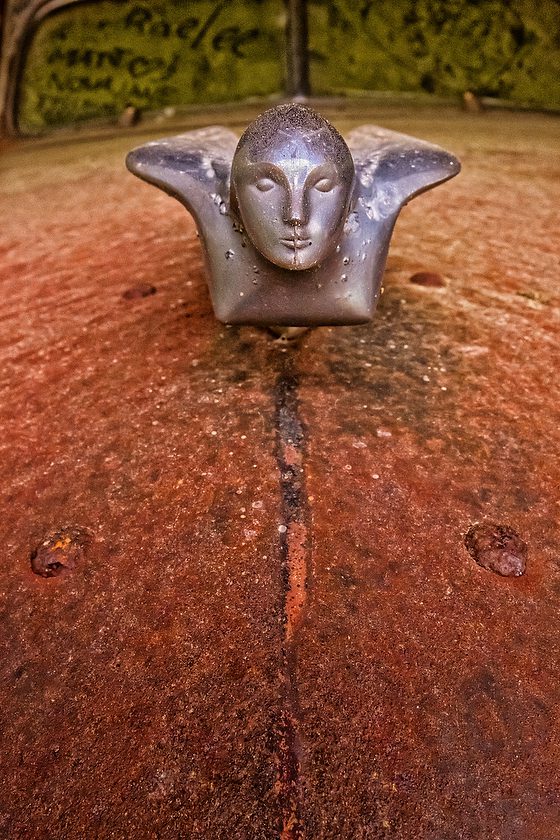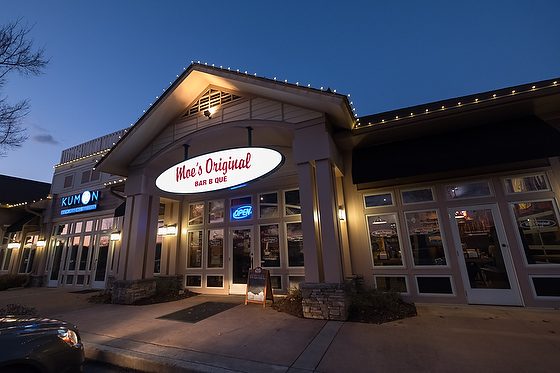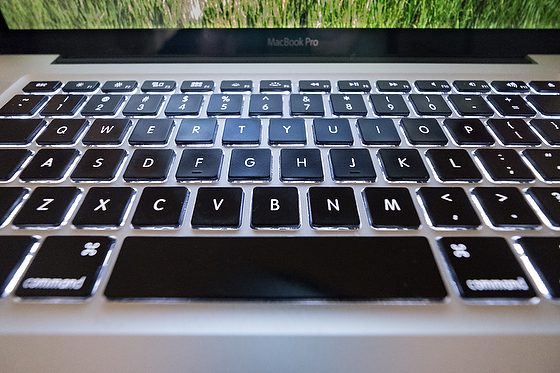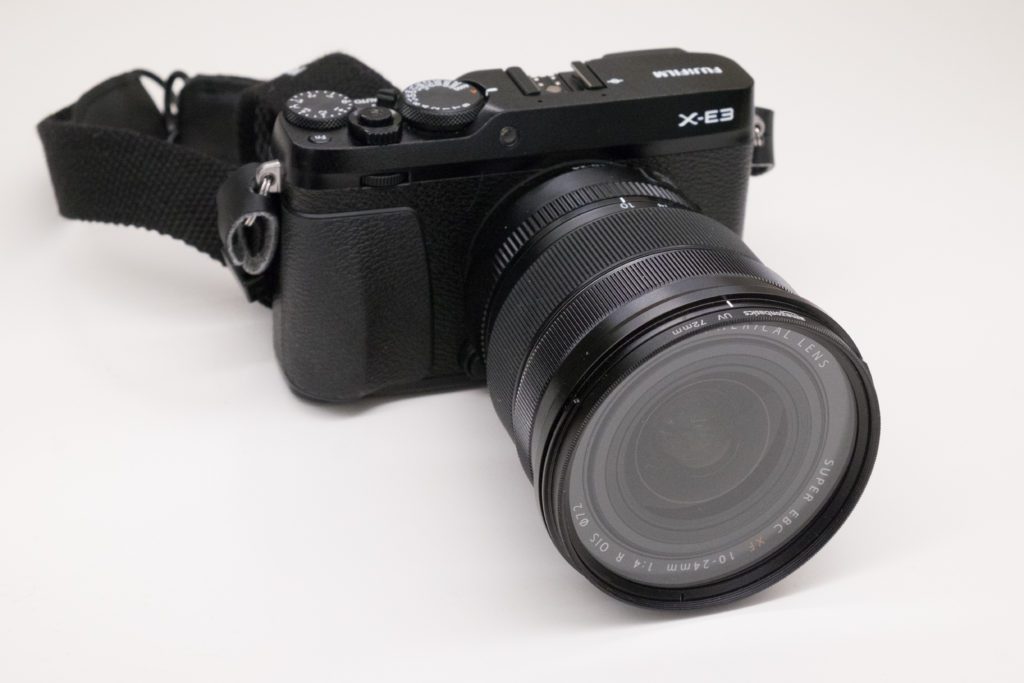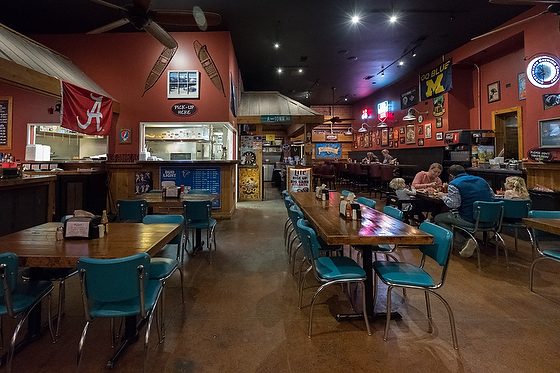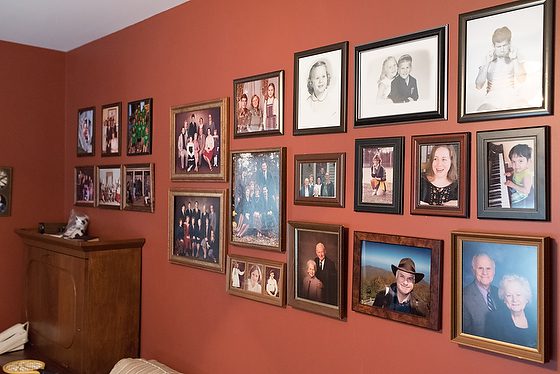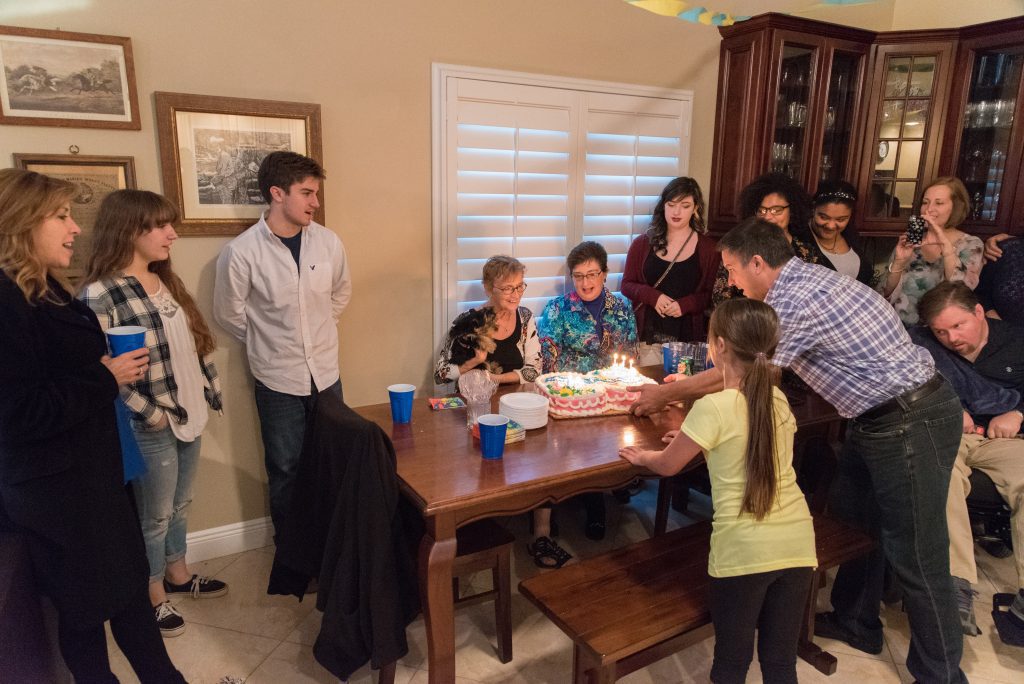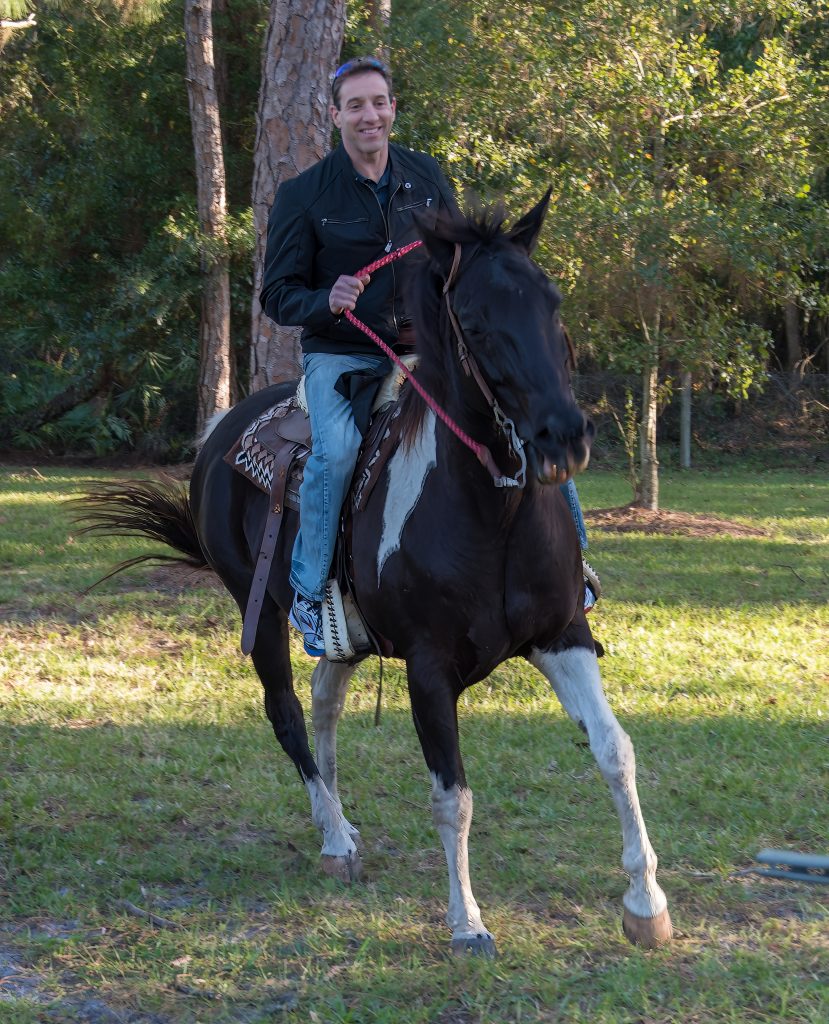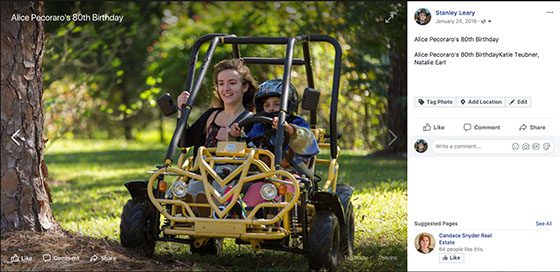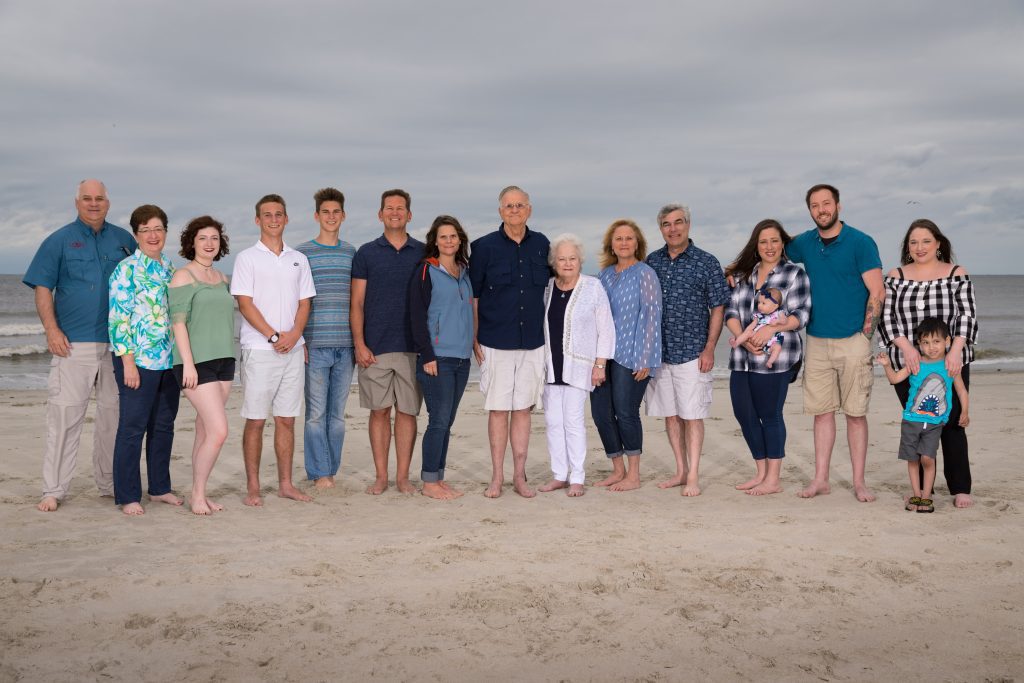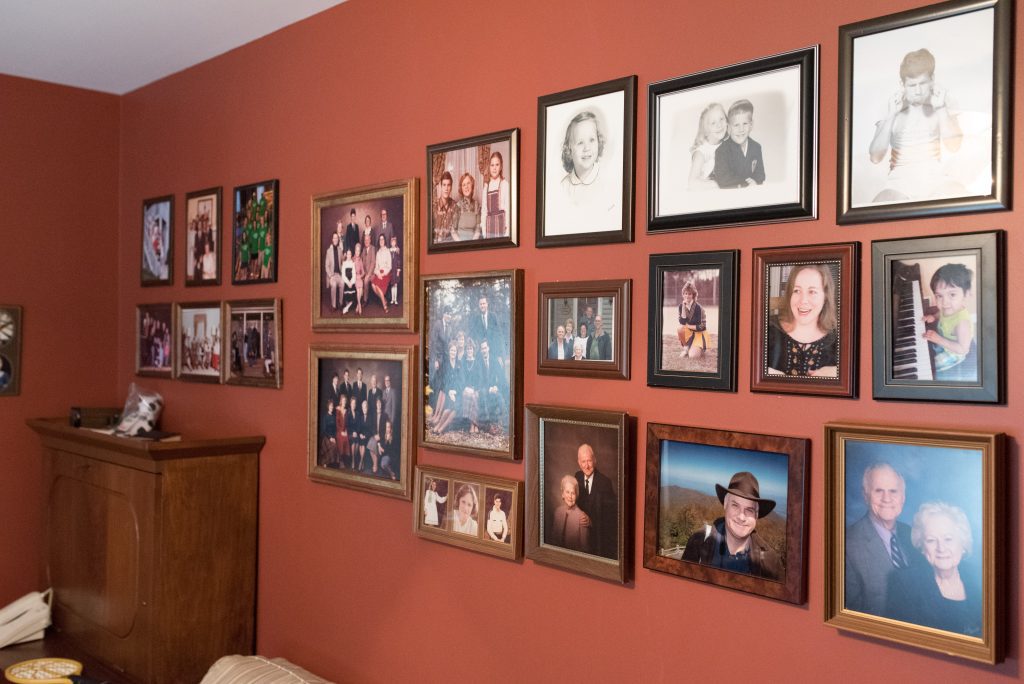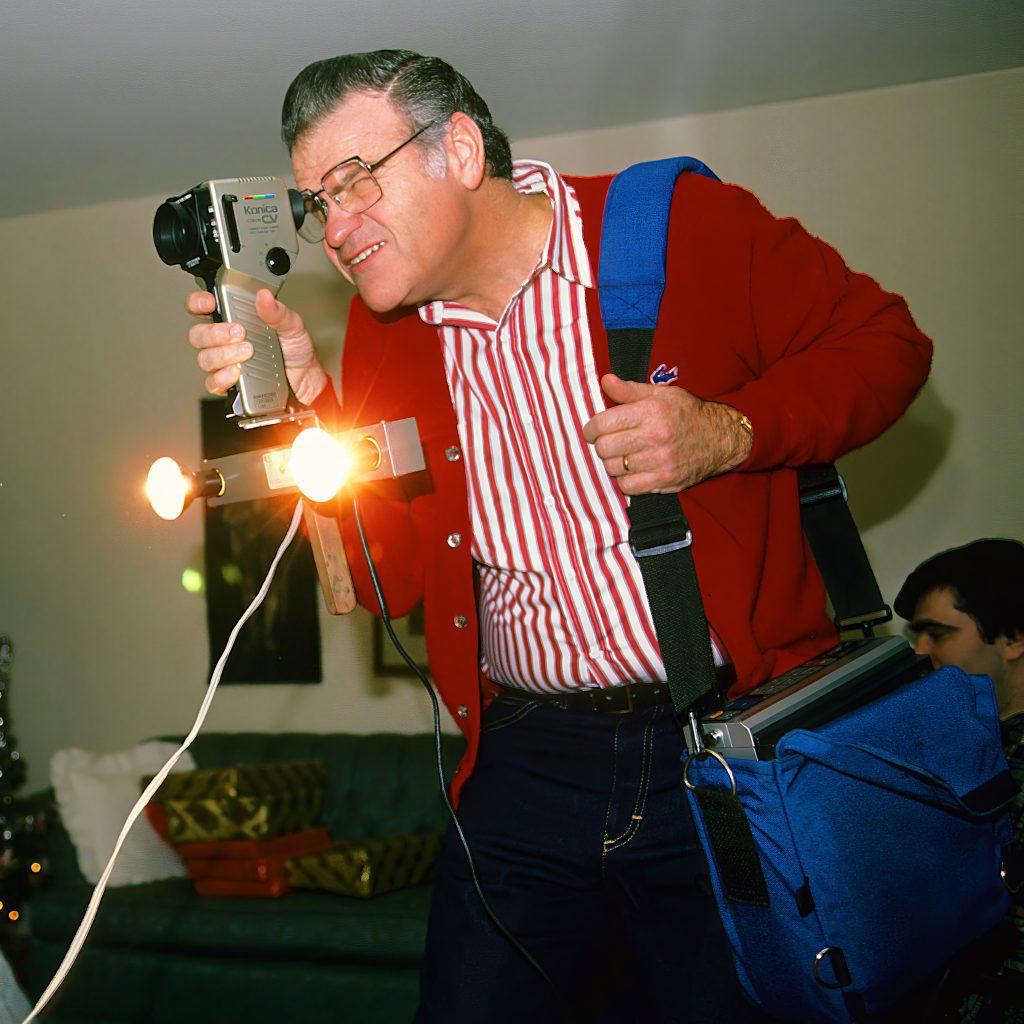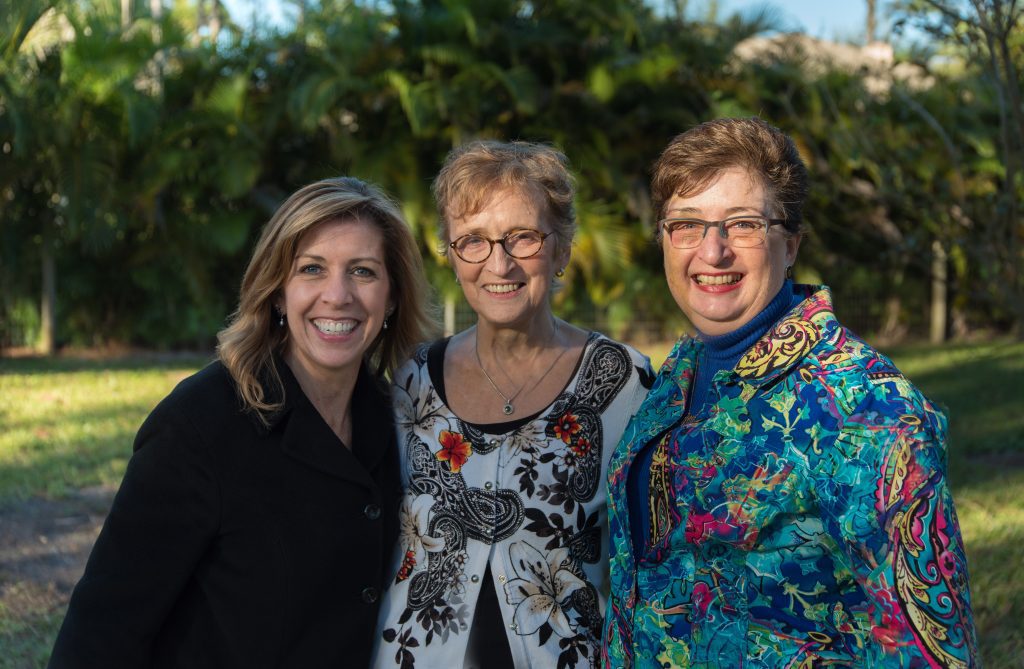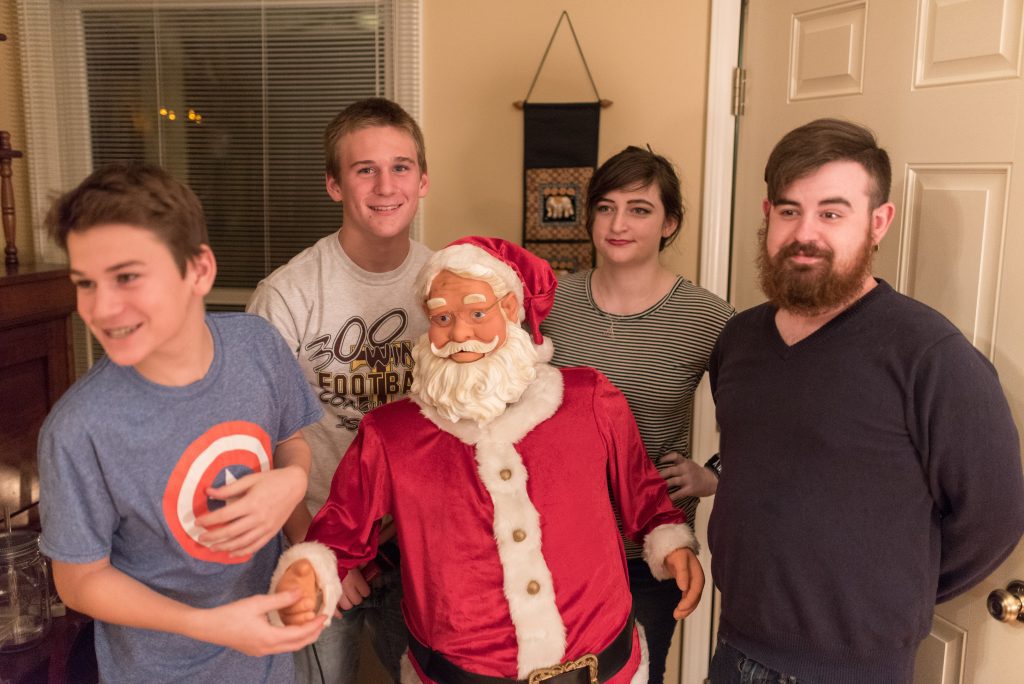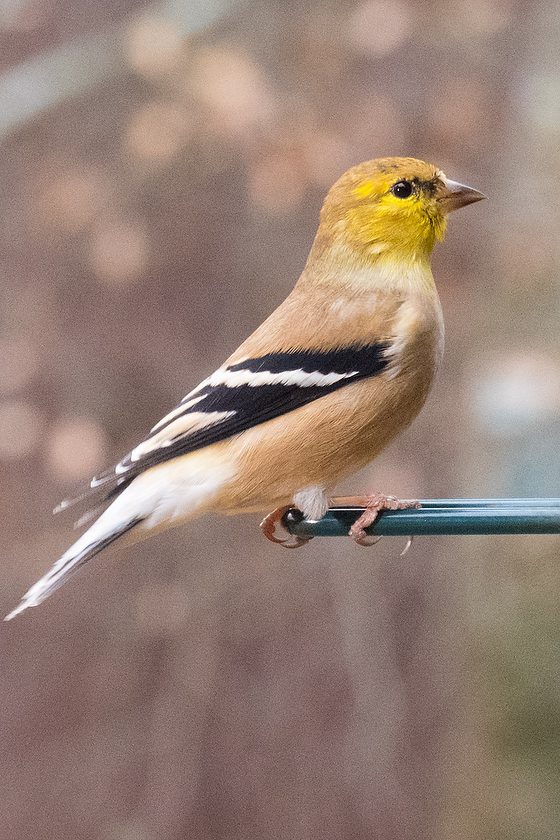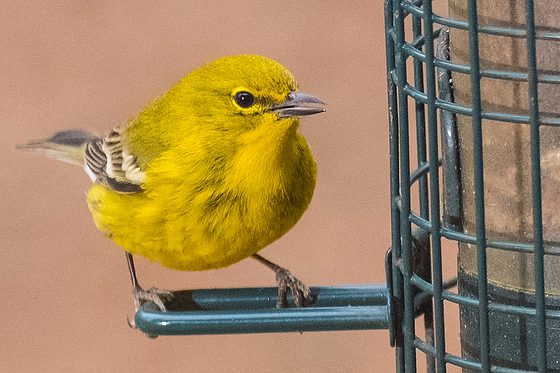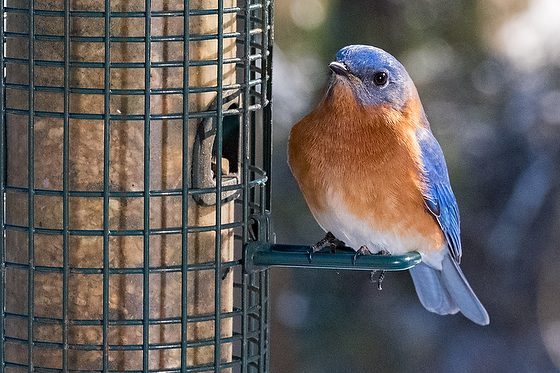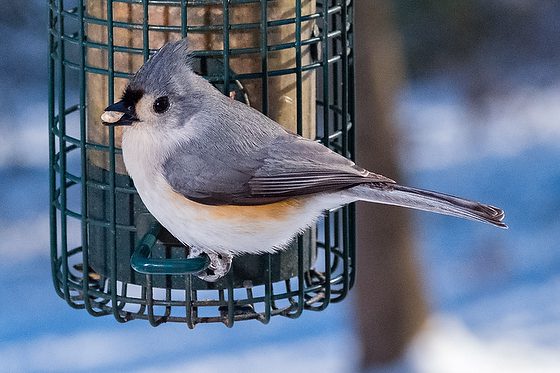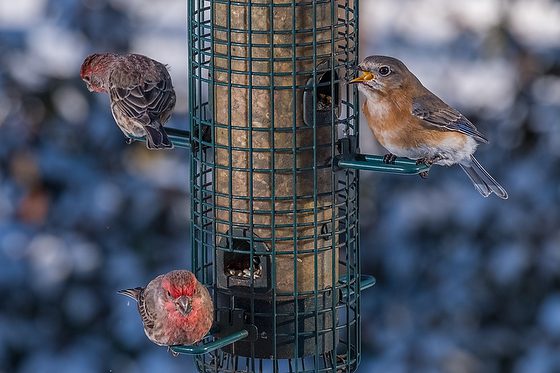“What’s the best type of lens for the city at night?” This is one of the variations of the question on the best lens for the question that I see pop up on photography groups all the time. Then the responses are so predictable.
“A 23mm f2 is fine. A faster lens will give you a bit more latitude, but I’ve had great results with my 35mm f2.” is one of the responses.
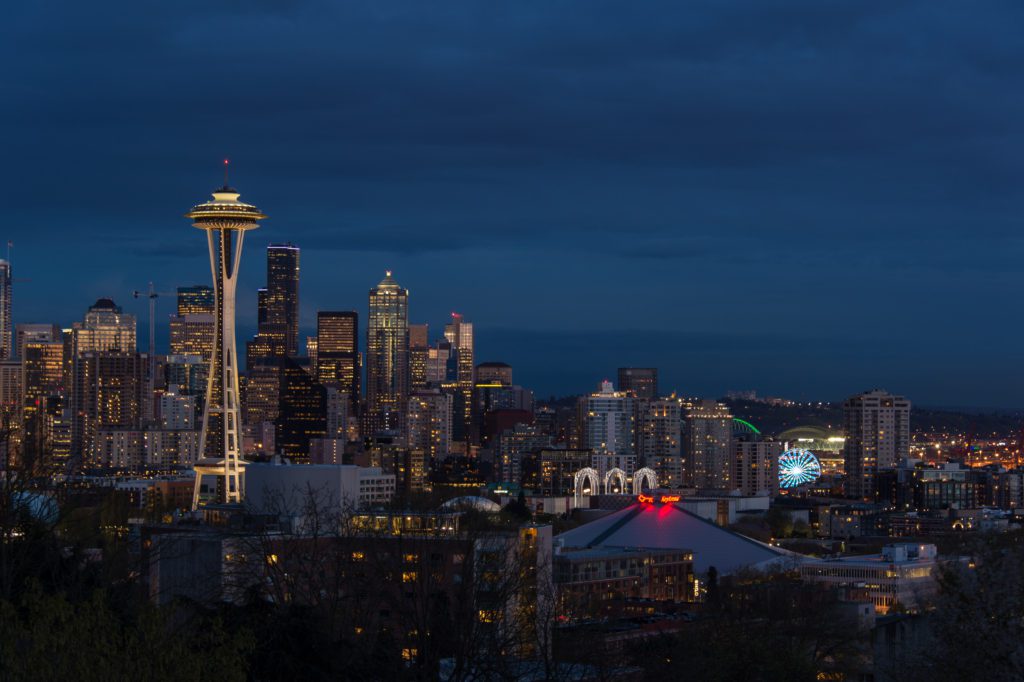
There is no best lens for everything. There is the best lens for what you are trying to accomplish in a specific photo.
Just as there is no best bike for world-class bicyclists. Bicycles are custom-made for a bicyclist when you are at the world-class level.
The correct answer depends not only on what you are shooting but on how you are interpreting the scene. I shoot skylines with wide to telephoto for example.
I have seen great shots from about every lens. You don’t need a fast lens either. That is a myth. People have been shooting night scenes with tripods since the beginning of photography when ISO didn’t get above ISO 20. Today with a camera that goes to ISO 102400 it frees up the photographer to not have to always shoot wide open aperture.
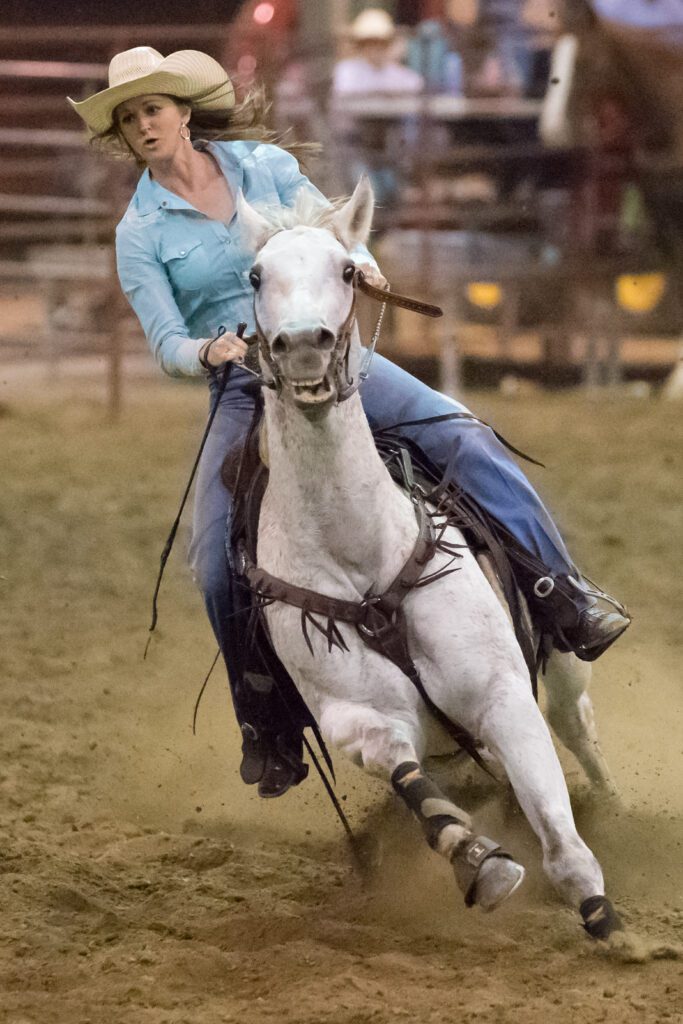
Now, this photo of a rodeo at night was shot at ISO 64000, ƒ/2.8 @ 1/2500. Now if you were just shooting photos around the stadium of people watching then you don’t have to shoot the higher ISO or the higher shutter speed.
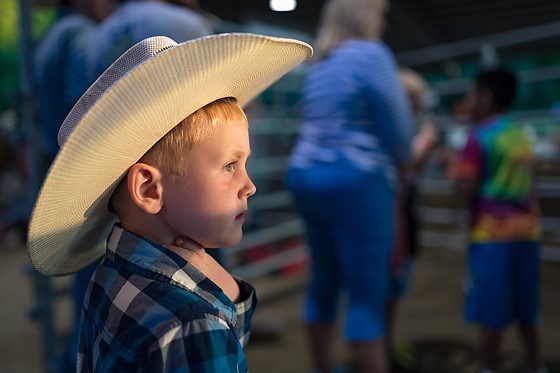
Same rodeo and I caught the sun dipping into the sunset and shot ISO 640, ƒ/1.8 @ 1/160. Due to the ISO capabilities of the camera, I could have shot this at ƒ/22 @ ISO 81920 and the same shutter speed of 1/160.
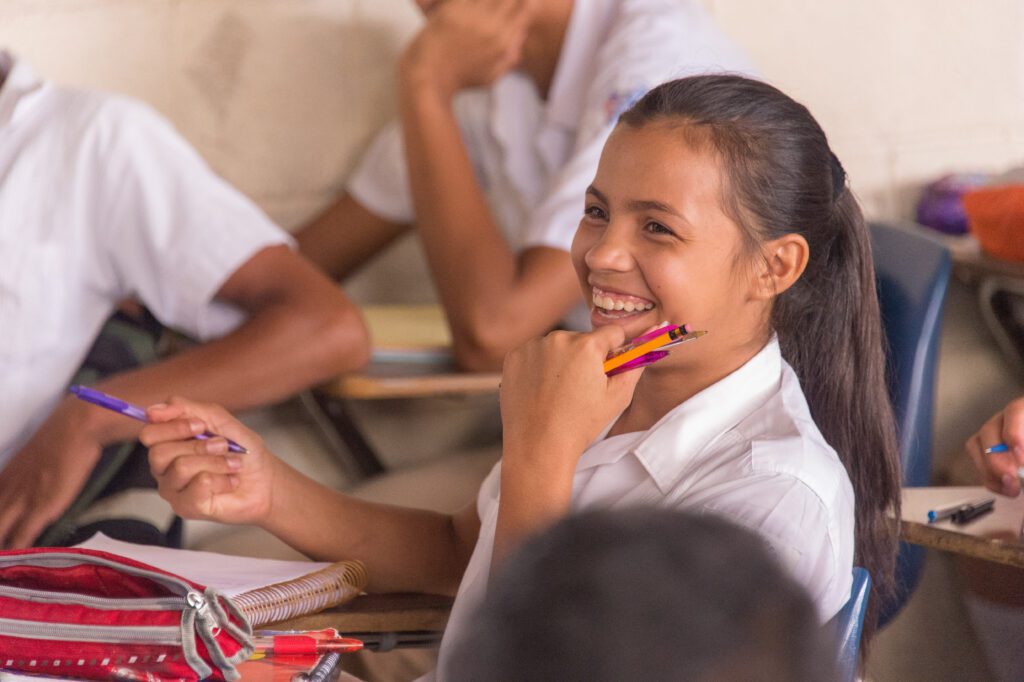
If you want to get the shot versus getting a style of a shot then zoom lenses are great. I find that the combination of Nikon 14-24mm and the Nikon 28-300mm will let me get just about any photo I need for a client on a photo shoot.
Here is a recent blog where I talk about using just those two lenses for shooting an assignment.
What about primes?
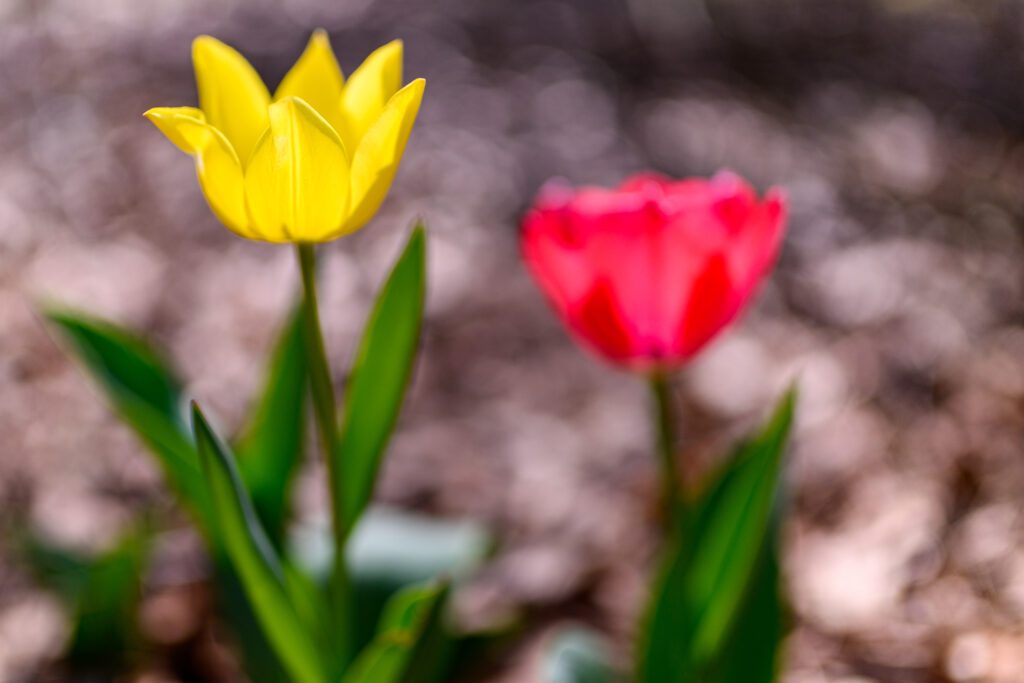
Now there is another reason to use a different lens–Special Look. I think shooting with the Sigma 35mm ƒ/1.4 gives you a beautiful look.

You isolate the subject very easily at ƒ/1.4. However, you also need to have your focus locked in on those eyes and shoot quickly before they or you breathe again. The depth-of-field is razor sharp and thin at the same time.
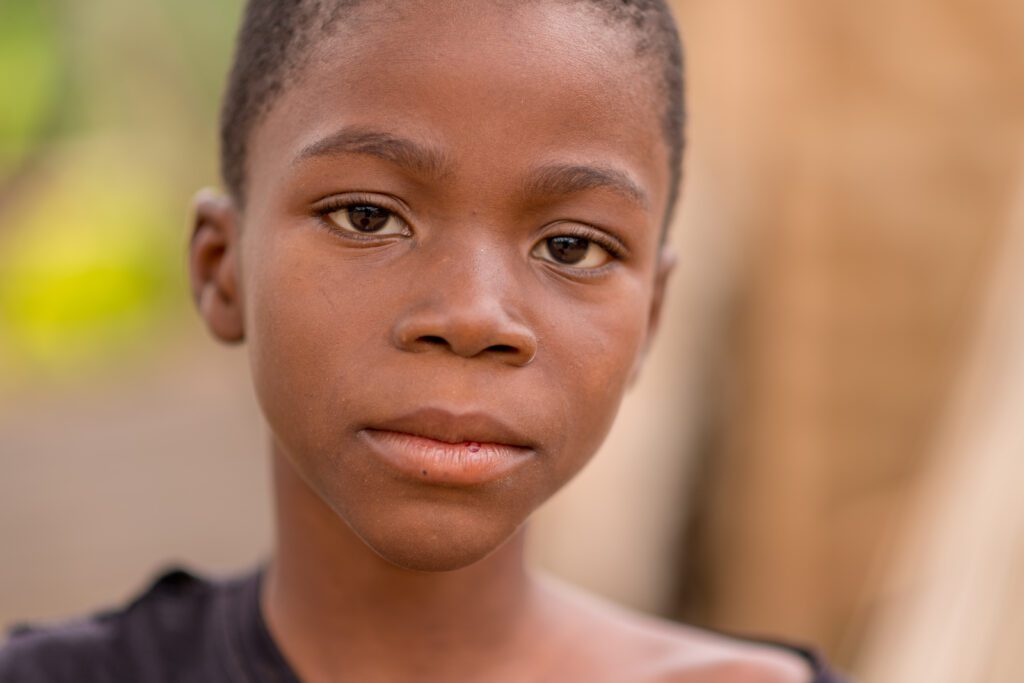
The other lens I love to shoot with is the Nikon 85mm ƒ/1.8. I used to own the ƒ/1.4 earlier version, but after shooting with the much lighter ƒ/1.8 I fell in love with the look and the lens.
What about Wide Angle versus Telephoto?
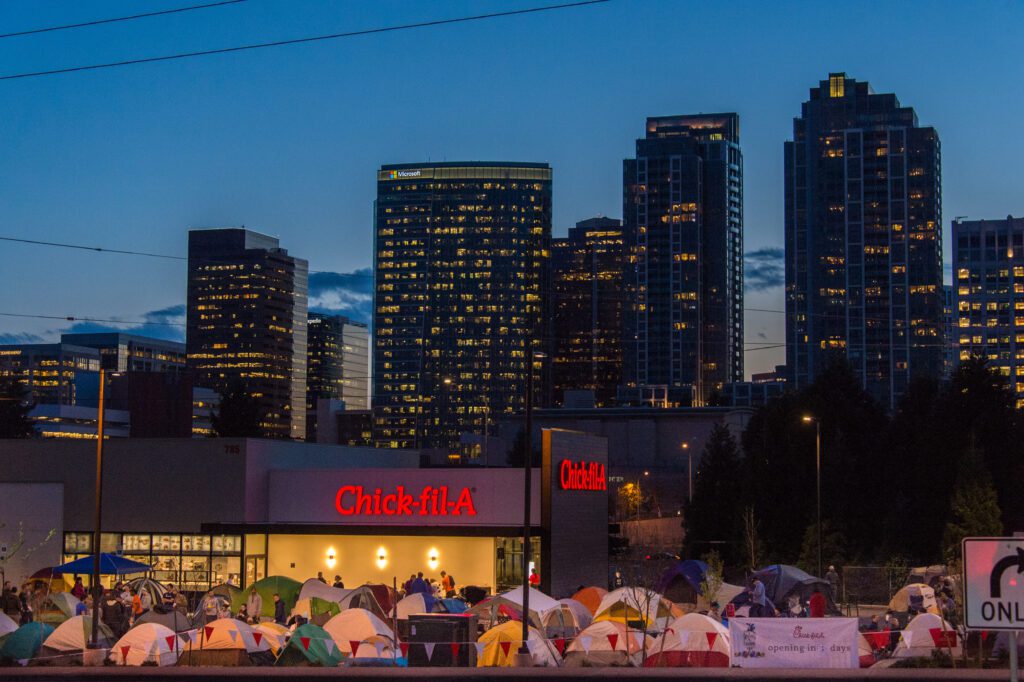
Should you use a Telephoto lens or a Wide-Angle lens? Well, that all depends.
Here I walked across the street and up a small hill and shot back at all the First 100 Campers sleeping over the night in the parking lot for the Grand Opening of Chick-fil-A at Northeast 8th Street in Bellevue, Washington. The First 100 get free Chick-fil-A for a year.
I think I did a great job of showing the campers in front of the store.
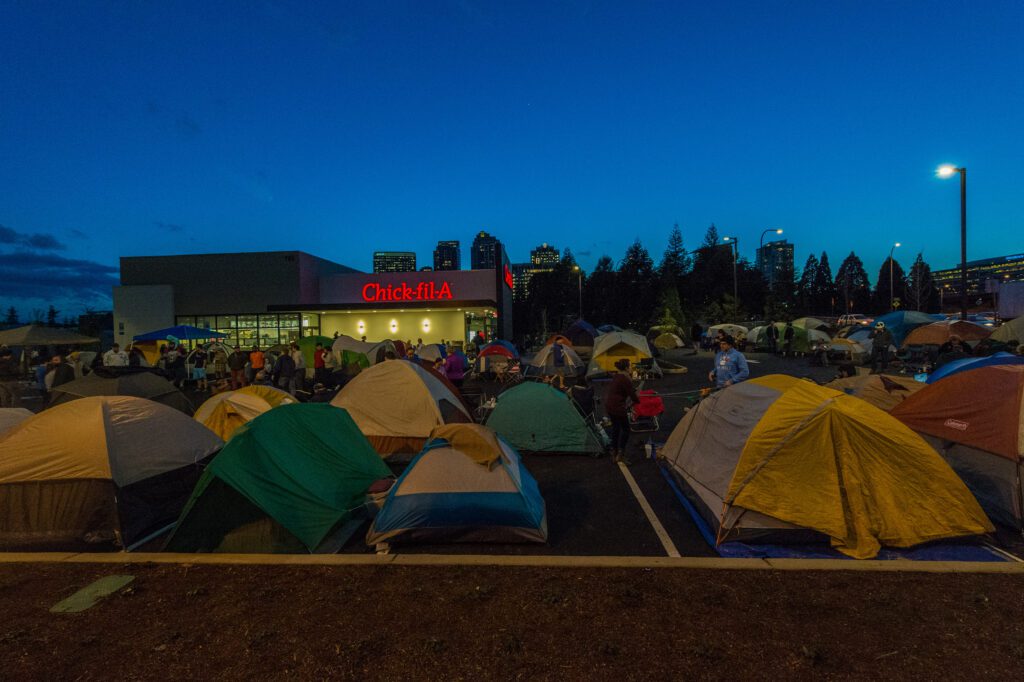
Here I walked a lot closer and shot it with the 14-24mm at 14mm to emphasize all the tents in the parking lot.
Which photo is better?
Well, that all depends on what you are trying to say. The real reason I am covering this story is that Chick-fil-A is just now with this Grand Opening getting into the Seattle, Washington market.
I think the first photo shows the city of Bellevue and even the corporate offices of Microsoft just next door to Chick-fil-A. The lower photo could almost be shot anywhere because the emphasis is more about what is the same at the grand openings–tents in parking lots.
Now if I were to only need one photo I would shoot the top photo, but I am a seasoned journalist and know to cover it completely, so I shoot them all and even more angles. This is critical when you are telling the story. This is especially true in multimedia where you may show both with other photos in a series. You may talk about the campers and how this is in the city of Bellevue.
The question is not just which is best but why not shoot both and then decide later as you figure out what you want to say. Maybe you will need both.
A great question about which lens might be which lens did Henri Cartier-Bresson use when he did the picture of the guy jumping the puddle? That is trying to find the lens that helped him get that photo.
I would follow that question up with why is that a good lens for that photo and could other lenses work just as well? This is how you learn.

